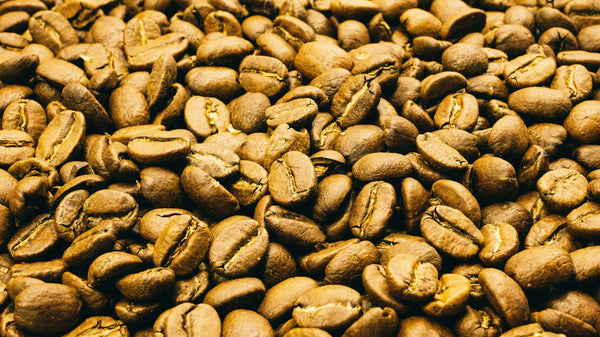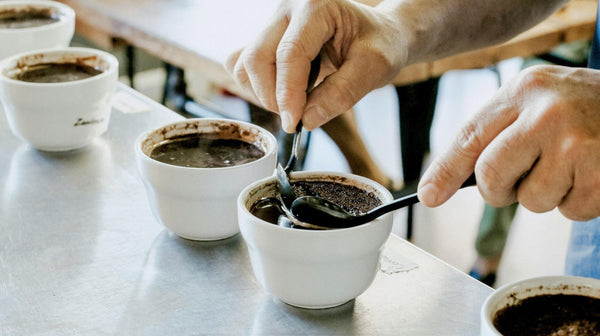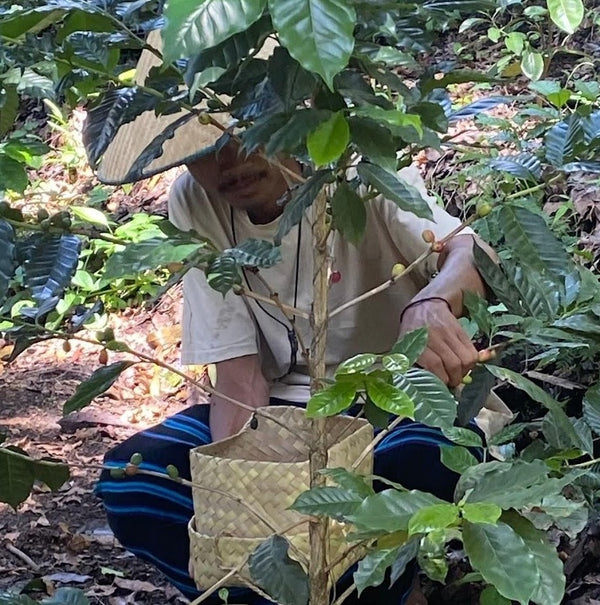Sip Into The Cup: Cold Brew

Photo by Wade Austin Ellis on Unsplash
As the summer heat sets in, hot coffee can become less appealing. Many people switch to iced coffee. It's quick and convenient, readily available at cafes and restaurants. However, there's another option gaining signficant popularity, cold brew coffee.
Before we get into it, no, try not to confuse cold brew with iced coffee! Cold brew isn't poured over ice and can even be enjoyed warm. The term "cold brew" refers to how the coffee is made, not how it's served. It's all about the brewing method, not the temperature.
Initially introduced as a specialty drink in high-end cafes, cold brew that has significantly shaken up the coffee industry boasts a surprisingly rich history, dating back to 17th century Kyoto, Japan. Initially used for tea brewing, the technique was adopted for coffee, creating the now-famous Kyoto-style coffee. The Dutch are credited with introducing cold brew as a way to efficiently transport coffee beans and the path continued through the centuries, with variations found in Latin America and Europe.
The 19th century saw the rise of Mazagran, a cold coffee concentrate enjoyed by the French Foreign Legion. Fast forward to the 20th century, and an American named Todd Simpson is credited with reviving cold brew. Inspired by a delicious cold coffee concentrate he tasted in Latin America, he invented the Toddy cold brew system, paving the way for wider accessibility.
Cold brew's popularity can be attributed to several factors. Social media has played a role in showcasing the drink's versatility and aesthetic appeal. Specialty coffee shops have also embraced cold brew, offering a variety of unique cold brew beverages on their menus.
It’s also arguably easier to make than traditional hot coffee. Simply steep grounds in cold water and wait. More importantly, cold brew offers a unique taste experience. Cold water extraction produces a smoother, less acidic, and naturally sweeter coffee compared to hot brewing. Studies suggest it can have up to half the acidity of regular coffee, making it a good choice for those with digestive sensitivities.
Another benefit is cold brew's stability. Since it's never exposed to high temperatures, it's less prone to flavor changes over time, unlike hot coffee that can become bitter as time goes by or dilution issue of iced coffee, where the addition of ice weakens the flavor. This allows you to enjoy a huge batch of cold brew all through the week.
The trade-off? A longer steeping time, usually it can go from 4 up to 24 hours, depending on the method.
It's important to dispel some myths about cold brew. While some claim it has a higher antioxidant content, research suggests it's similar to drip coffee. Caffeine content depends on the beans and brewing method, not water temperature.
Ultimately, choosing between hot, iced, or cold brew comes down to personal preference. Understanding these brewing methods allows you to select the perfect cup for your taste and needs. So, experiment, have fun, and find your ideal coffee companion!




